Well if you have horses, you know that they can get injured from time to time, whether that is catching themselves on a branch in the field, or something more serious caused by fencing. The truth is that accidents happen and they are part of life when you own a horse. Here we share our 7 steps for treating wounds on horses.
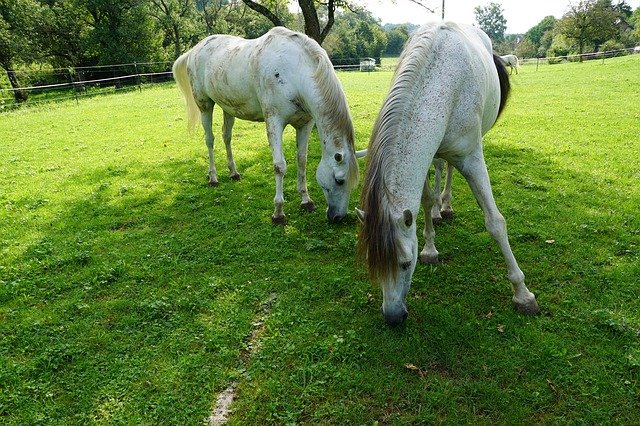
Step 1. Immobilise and cold hose the wound.
When you first realise that your horse has been injured, the first thing to do if he is in the paddock is to bring him in and cold hose the area to assess the damage.
You may find that the horse has a rather large gash; if he has cut a vein the bleeding can be heavy enough, and is dark red in colour; while arterial bleeding is bright red and it will be fast flowing or spurting out, not oozing as with venous bleeding.
Even so, you will need to give the area a quick wash with a cold hose and once you have cleaned the area, get some clean Gamgee and apply a pressure bandage to the leg. This will help to control the bleeding, and put a stable bandage on the opposite leg for support. Keep the horse in a clean dry stable and make sure he stays as still as possible while you call your vet.
If the horse has a small wound, you will still cold hose the area to clean any debris from the wound and to assess the damage.
Step 2. Cleanse the Wound with Saline:
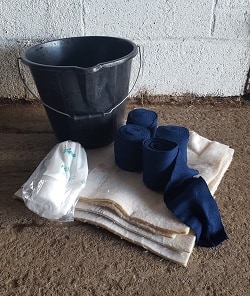
With minor wounds one you have cold hosed the area to remove dirt and debris, you will need to cleanse the area with a saline solution. To make the saline, begin by using the contents of a kettle just boiled, approximately 2 litres of water and add about 4 heaped teaspoons of salt.
Let it cool enough so that is warm but not hot, while it’s cooling gather the other equipment you will require for treating the wound. Cotton wool, broken up in sections; this cotton will be used to apply the saline solution to cleanse the wound and have a few pieces of dry cotton wool that is used to dry the area, once it is clean. The poultice should be prepared and cooling and have your stable bandages to hand.
Tip#1- Saline solution is much better for cleansing wounds, as many disinfectants/ antiseptics are harsh and can actually slow the healing process.
Step 3. Poultice The Wound.
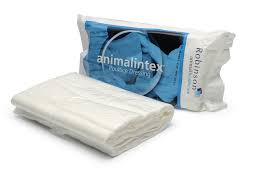
Once the area is clean and as dry as can be expected; apply the poultice that you have previously prepared. To prepare a poultice such as an Animal Intex (which is what I use for wounds), you cut a section of the poultice that will be a good bit bigger than the area of the cut. Place the poultice face up on a plate and pour boiling water over it until it is well soaked, you can squeeze off the excess later. I usually have the poultice prepared while I am preparing the saline solution.
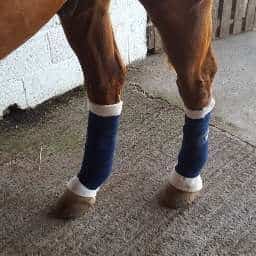
When applying the poultice it is always good, if you can have a little help, i.e. someone holding your horse while you apply the poultice and bandage the leg. If you have no one to help, tie your horse up, as this will minimise movement
To apply the poultice remove excess liquid, apply the poultice to the wound with the plastic side on the outside. Then use your Fibregee and Stable Bandage to bandage the injured limb, while also putting a stable bandage on the opposite limb for support. This is done so that if the horse is sore and resting his injured leg, and putting more weight on the healthy leg, the bandage will offer some support to the weight bearing limb.
Tip #2 – Don’t over poultice a cut on a joint, as this can cause issues with the joint itself.
Step 4. Double Check Your Horse’s Inoculations
Once you have cleaned, poulticed and bandaged the wound, it’s a good time to check that your horse’s Anti Tetanus is up to date. If your horse is up to date with his vaccinations, he will usually be covered. However, if you are in doubt, just give your vet a call and ask him if he needs a booster.
Step 5. Rinse and Repeat Steps 1 – 3;
The poultice is usually left on the horse over night. For a minor wound, I will usually take the horse out the following day, and give him a walk in hand. Once his exercise is complete, I will remove the bandages and cold hose the area. I will repeat the cleansing with the saline, followed by poulticing until the poultice when removed looks clean. For minor wounds, I normally do at least 2 days of poulticing to ensure I have removed all dirt/debris that could lead to infection.
Step 6. Wound After Care.
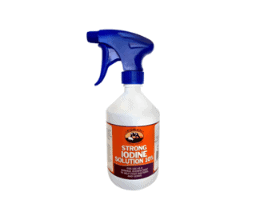
Once you have finished poulticing and the wound is clean, you can use a little iodine spray on the area. If you are worrying about dirt or dust getting in to the wound in the stable you can put a dry dressing on it and stable bandage at night. However, it is important for healing for air to get at the wound, so keeping the area clean and applying some iodine spray daily will help. As the cut heals, I have found this a great way to keep it clean. The main thing is to make sure the area stays clean and free of debris, so it can heal quickly and efficiently.
Step 7. For Deeper Wounds and Puncture Wounds, Always Consult Your Vet.
A deep cut may require stitches by your vet, and a course of antibiotics. While a puncture would may also require medication so call your Vet. For Puncture Wounds it is important that they are kept very clean and poulticed well to remove any infection that may be lurking deep inside the wound; the rule of thumb with a puncture wound is that you never allow it to close up too quickly, as this could potentially trap infection inside.
If you are a new horse owner and unsure about what to do, remember to contact your Vet a sthey will be able to advise you on the best course of action and treatment plan for your horse.
This Article was originally published in the September 2019 Issue of Irish Sport Horse Magazine.
